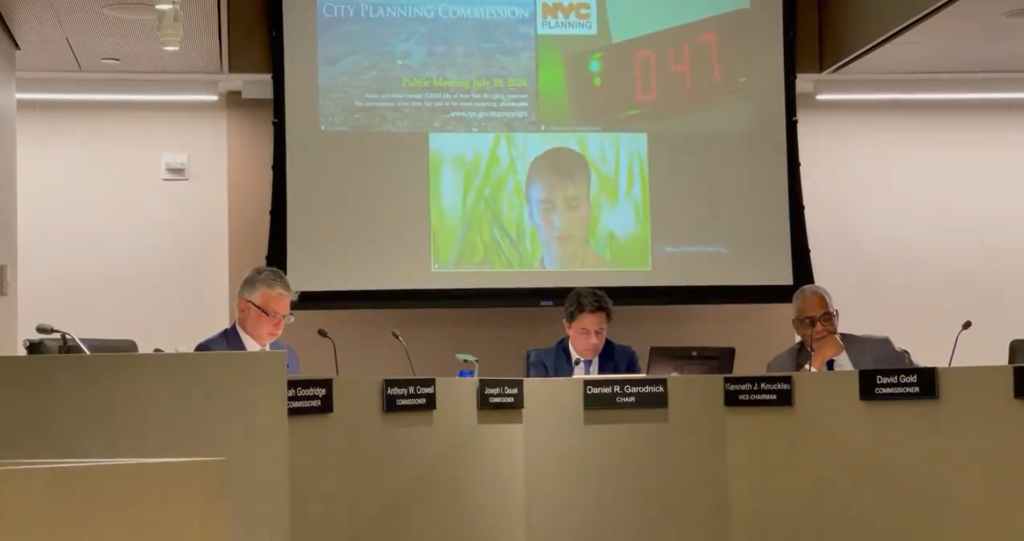Dear Chair Garodnick and members of the City Planning Commission,
Thank you for the opportunity to comment on the proposed “City of Yes for Housing Opportunity” citywide zoning text amendment.
I’m Jack Connors, Research & Communications Associate at the Permanent Citizens Advisory Committee to the MTA (PCAC). As the voice for MTA riders since 1981, PCAC researches issues, recommends viable solutions, and advocates on behalf of the region’s subway, bus, and Staten Island Railway riders, and LIRR and Metro-North Railroad commuters. In service of that mission, PCAC strongly supports the framework set forth by Mayor Adams, Commissioner Garodnick, and their staffs in the City of Yes for Housing Opportunity proposal.
New York City’s affordable housing crisis hurts MTA riders, who spend on average 20 minutes more a day in transit than residents of peer cities like Seattle and San Francisco, despite the fact that New York has the most expansive public transportation in North America. According to the New New York Panel Report released in December of 2023, this burden falls particularly hard on Black New Yorkers, whose commutes average 47 minutes – 23 percent longer than the 38-minute average commute of white New Yorkers.
City of Yes for Housing Opportunity addresses these glaring inequities by returning to the transit-focused housing policies that enabled our rail network’s expansion in the early Twentieth Century. During that time, policies included in City of Yes for Housing Opportunity, such as accessory dwelling units, transit-oriented development, and the absence of parking mandates, were known by a different name: common sense.
Unfortunately, to the detriment of riders in the densest city in the nation, the close tie between new housing and transit has been broken in many neighborhoods in recent decades. Getting back to basics will help the city and the MTA as both continue to recover from pandemic ridership losses by bringing riders closer to stations, thereby encouraging and improving ridership – and simultaneously, fare revenue.
The City of Yes for Housing Opportunity proposals have the potential to improve the lives and experiences of current and future transit riders around the five boroughs and across the region, particularly when combined with other ongoing initiatives. We call on the city to act decisively to fulfill the Streets Plan mandate of 150 miles of new bus lanes and busways by the end of 2025, expand Zoning for Accessibility citywide and to bus stop improvements to make it easier for developers to foot the bill for accessibility improvements, and expand Fair Fares so that low-income New Yorkers can afford to ride. We appreciate that Mayor Adams and Speaker Adams raised the eligibility threshold to 145% of the federal poverty level (FPL) in this year’s city budget but continue to call for further expansion to 200% FPL and to the commuter railroads, which better reflects the high cost of living in New York City as well as peer cities with similar programs.
As billions of dollars in public money are invested to enhance transit, we must ensure that exclusionary zoning policies do not put this infrastructure out of reach to the working New Yorkers who stand to benefit the most. While the importance of elevators and ramps cannot be overstated, this is not where the conversation around accessibility should begin and end. We must also ensure that riders of all abilities can access housing that is in close proximity to the transit they depend on. By implementing the City of Yes for Housing Opportunity Proposals in tandem with Zoning for Accessibility, the Streets Plan, and equitable fare and ticketing policies, New York City can make strides to address its housing crisis and allow all residents to access, physically and economically, the benefits that transit offers. Thank you.
